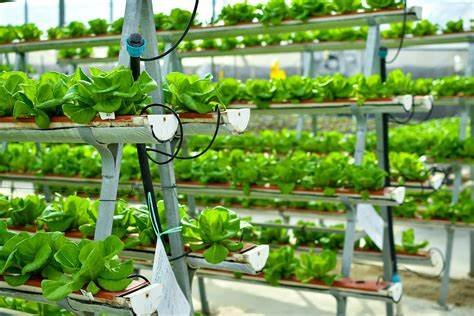When it comes to efficient water usage, knowing how to create an irrigation management plan is essential. Whether you’re a farmer, a landscaper, or a homeowner with a garden, having a detailed plan helps conserve water, save money, and ensure healthy plants. In this guide, we’ll take you through the steps to develop an irrigation management plan that’s easy to follow and highly effective.
Why an Irrigation Management Plan Matters
Before going into the steps, it’s important to understand why you need an irrigation management plan. Such a plan ensures that you’re using water wisely, prevents overwatering or underwatering, and reduces costs. Moreover, it helps the environment by conserving water resources and preventing runoff that could lead to soil erosion or water pollution.

Step 1: Assess Your Water Needs
The first step in creating an irrigation management plan is assessing the water requirements of your plants or crops. Different plants have varying water needs depending on their type, age, and growth stage. For instance, newly planted shrubs may require frequent watering, while mature trees need water less often. Take note of these differences and factor in the local climate, as rainfall will also influence your water needs.
Step 2: Evaluate Your Irrigation System
A reliable irrigation system is the backbone of your plan. Whether you’re using drip irrigation, sprinklers, or manual watering, evaluate its efficiency. Look for leaks, clogged nozzles, or uneven water distribution. Addressing these issues early on will ensure that water is delivered precisely where it’s needed, avoiding wastage.
Step 3: Determine the Best Watering Schedule
Timing is everything when it comes to irrigation. Early morning or late evening are the best times to water your plants because evaporation is minimal. Avoid watering during the hottest part of the day as most of the water will evaporate before it reaches the roots. Create a schedule that fits the needs of your plants and stick to it.
Step 4: Monitor Soil Moisture Levels
Monitoring soil moisture is a critical part of any irrigation management plan. Too much water can lead to root rot, while too little can stress your plants. Use tools like soil moisture meters or dig a small hole to check the soil manually. Keeping an eye on moisture levels ensures your plants get just the right amount of water.
Step 5: Incorporate Rainfall Data
Nature can sometimes take care of your irrigation needs. Keep track of local weather patterns and rainfall data. If there’s a rainy season, you can reduce the amount of water your irrigation system provides. This not only saves water but also prevents overwatering, which can harm plants.
Step 6: Group Plants with Similar Needs
Grouping plants with similar water requirements can make your irrigation plan more efficient. For example, place drought-tolerant plants together and keep water-loving plants in a separate section. This method ensures that each group gets the right amount of water without wastage.
Step 7: Use Mulch to Retain Moisture
Mulching is a simple yet effective way to retain soil moisture. By adding a layer of organic material like wood chips or straw around your plants, you can reduce water evaporation and keep the soil temperature consistent. This step works hand-in-hand with your irrigation management plan to reduce water use.
Step 8: Regularly Inspect Your System
An irrigation plan isn’t a one-time effort. Regular inspections of your irrigation system ensure it remains effective. Check for leaks, broken parts, or areas that aren’t receiving adequate water. Addressing these issues promptly keeps your system in top shape.
Step 9: Educate Everyone Involved
If you’re working with a team or family, ensure everyone understands the irrigation management plan. Educate them on watering schedules, how to use the system, and the importance of conserving water. This step helps maintain consistency and avoids mistakes.
Step 10: Adapt and Update Your Plan
Lastly, remember that an irrigation management plan isn’t set in stone. Adapt it as needed based on seasonal changes, plant growth, or new technologies. Updating your plan ensures it remains efficient and relevant to your specific needs.
Conclusion
Creating an irrigation management plan doesn’t have to be complicated. By following these steps, you can efficiently manage water usage while keeping your plants healthy. Remember, the key to a successful plan is regular monitoring, adaptability, and understanding the specific needs of your plants. With this guide, you now know how to create an irrigation management plan that works for your garden, farm, or landscape.




